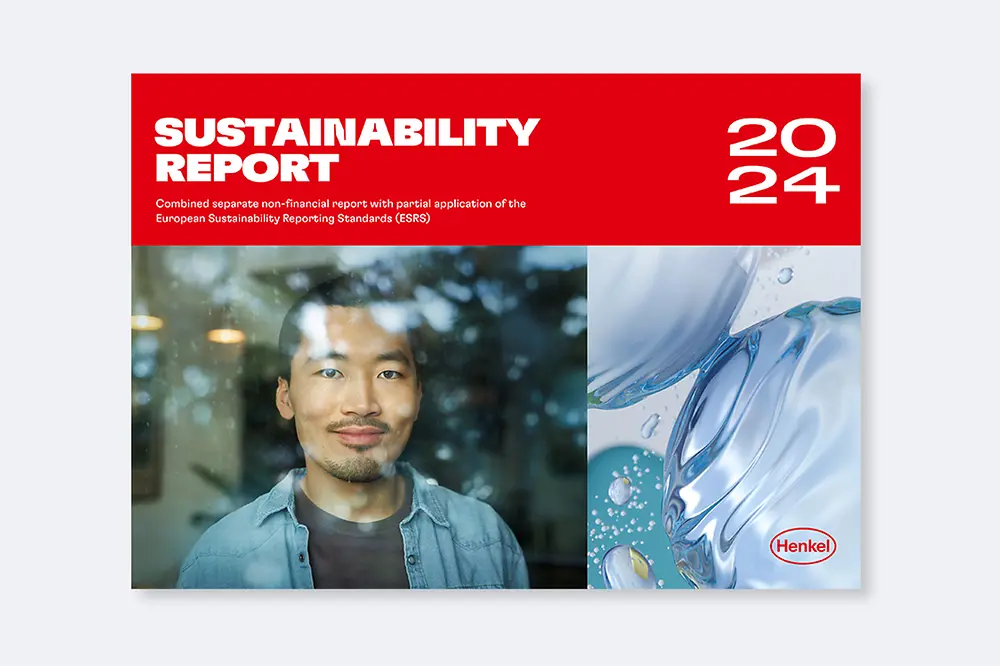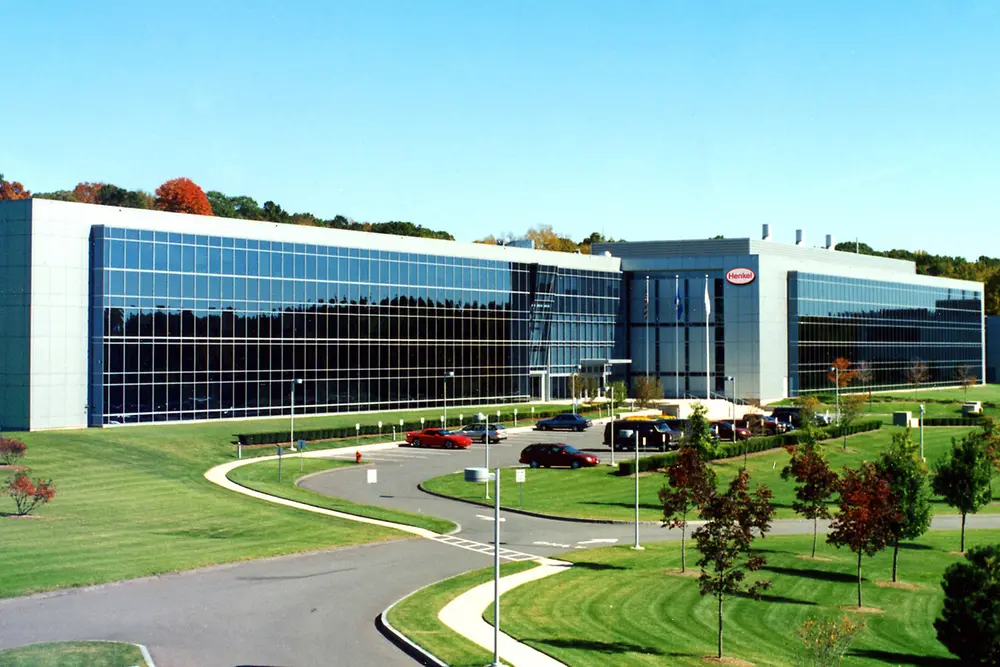A viewpoint on circularity from the President of North America
For too long, the world has evolved and grown at the expense of our natural resources. For companies looking to build their businesses for the future and meet the needs of customers, I believe urgent, courageous and ambitious action towards increased sustainability must be at the core of our strategic frameworks.
Material consumption has risen over 65% in the last twenty years. Meanwhile, the global population is expected to increase by two billion people in the next 30 years. To help ensure the planet’s resources can sustain us for generations to come, companies can play a decisive role in changing how and what they consume and produce, as well as help partners and consumers decrease their carbon footprints along the value chain. This transformation will most likely require climate policies and regulation and future-oriented organizational leaders that make sustainability a part of how they do business—creating value for the ecosystem of both stakeholders and the planet.
Circularity gives companies a sustainable path forward.
One part of driving climate action is shifting away from fossil energy sources toward renewable ones. However, while 55% of global emissions are coming from energy generation and consumption, the other 45% are related to materials.
A circular economy helps decouple resource consumption from economic growth and keep both energy and materials in a loop to the greatest possible end. Through eliminating, reducing and recycling products and materials, circularity can help minimize waste, natural resource extraction and their related negative environmental effects.
According to Gartner, "74% of supply chain leaders expect to increase profits through 2025" from applying climate-conscious solutions. Some of the steps this will likely require include recycling, decarbonizing both operations and raw materials, and providing consumers with climate-conscious options. Many solutions are already available to us, but I believe we must accelerate adoption. Deloitte and the Circle Economy Foundation found that only 7.2% of all material inputs in new product development are being recycled and reused, meaning more than 90% of materials are either wasted, lost or remain unavailable.
Packaging is primed for a circular transformation.
Circularity plays an important role in consumer goods packaging. By building solutions and systems across supply chains that incentivize the recycling or reuse and recovery of materials including aluminum cans, plastic containers and flexible packaging, companies can dramatically reduce their impact on the planet and even find cost savings and opportunities for innovation.
We are seeing an increase in regulations around Extended Producer Responsibilities (EPR) schemes and mandatory recycled content in consumer packaging that make circularity not only a benefit to companies and consumers, but a regulatory necessity for success. In 2018, 20% of U.S. landfill waste came from containers and packaging—that’s 30 million tons, approximately the weight of six million conventional New York City school buses. Reusing even a portion of that waste can not only reduce contributions to landfills but also help prevent new raw materials from being used and reduce emissions.
The Ellen MacArthur Foundation has been a driving force in building adoption of circular solutions and encouraging businesses to rethink the future of plastics. The foundation has published “design for recyclability” guidelines that place design at the heart of circularity. Henkel is tapping partners like the Ellen MacArthur Foundation to support our own sustainable packaging transition. We are aiming for 100% of our packaging to contain all the necessary properties to enter a recycling process or be reusable by 2025 (excluding products where ingredients or residue may affect recyclability or pollute recycling streams).
Circularity Opportunities For Organizations:
Consider sustainability from the beginning.
Leaders may believe that circularity is difficult to implement or that it impacts the performance of products and packaging, but integrating circular practices doesn’t have to mean compromising on quality. Creating a more sustainable product typically starts in the design phase, and I have found that considering the environmental impact from the beginning makes it easier to implement responsible practices throughout production. I recommend leveraging resources like the "design for recyclability" guidelines and working with industry partners to establish best practices and share real-time results. In this way, your company can help make a strong case for the environmental and economic benefits behind circularity.
Change perspective on existing processes.
One way to create sustainable solutions is to rethink processes you are already using. For example, at Henkel, we've developed more sustainable solutions for popular disposable products including paper cups, containers and padded mailers.
Consider partnering with existing organizations to recycle your materials, as well. You can also reconsider your current packaging and look for opportunities to integrate elements that promote user and sustainable purchase habits among your consumers.
Enable mutual impact along the value chain.
Implementing circular practices internally is important, but I have found it is equally important to share updates on your circularity journey and collaborate on innovations for circularity with your customers and partners, particularly in the design phase. This can build awareness, bolster environmental responsibility along the value chain and inspire further action among consumers and industry stakeholders. In the Adhesive Technologies sector of our global business, we utilize internationally recognized approaches, including “Design for Sustainability” from the United Nations Environment Programme, to guide our partners in implementing design choices from ideation to production that positively affect lifetime extension, product cycles and material cycles.
When entering into collaborations along the value chain, solutions can emphasize change that contributes to the overall value chain footprint rather than the individual footprint of just one product or brand. I believe circularity cannot be solved by one part of a business or one part of the world; we must all come together in future-oriented and courageous collaborations to create solutions for the good of current and future generations.








